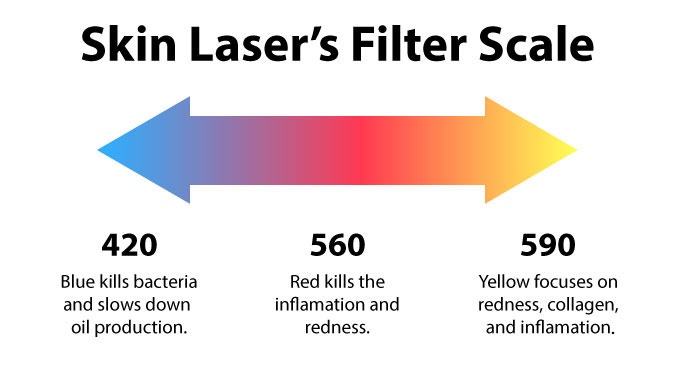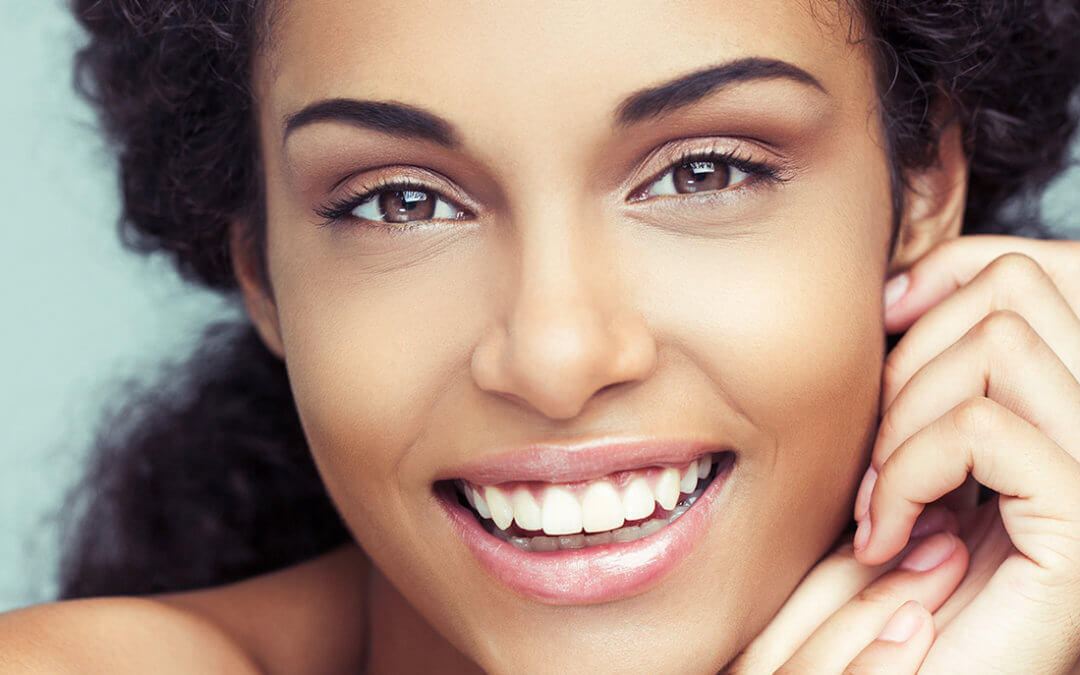If you suffer from acne like 90% of adolescents and 25% of all adults, you deserve a customized acne treatment program. You should also know that part of your program should include laser skin therapy. This technology utilizes various wavelengths to treat a variety of skin conditions and skin types.
Lasers excite compounds called porphyrins, which live inside your acne bacteria. The porphyrins then damage the bacteria wall, thus killing your bacteria. The less bacteria, the less acne.
Want to learn more?
Have questions?
Want to schedule a consultation?
Want to learn more?
Have questions?
Want to schedule a consultation?
Want to learn more?
Have questions?
Want to schedule a consultation?
Matching Wavelengths/Frequencies To Your Tailored Skin Treatment
Laser technology allows for smart filters to be changed quickly to create a seamless skin treatment process to address a variety of skin concerns. Here are some laser wavelengths and their corresponding skin treatment targets:
- 420 – Acne
- 515 – Pigmented Lesions (freckles, age spots)
- 560 – Vascular Lesions (cherry angiomas, telangiectasias & rosacea)
- 590 – Deeper Lesions / Darker Skin Types
- 590, 640 & 695 – Hair Removal
Here Is A Closer Look At The Wavelength Scale For Acne:

Laser Therapy Highlights:
- Laser therapy is most effective when utilized with other acne treatments.
- Laser therapy is more effective with general types of acne and less effective with non-inflammatory acne (whiteheads & blackheads).
- Typically you will have four treatments in a month with each one lasting 20 minutes. This is followed by one treatment every 4-6 months.
- No recovery time is needed and you may have redness or sunburn like symptoms for 20 minutes or less.
- If your insurance does not cover laser treatments, you may be able to utilize accounts such as Flex Spending or Medical Savings.
- For optimum results following Laser therapy, simply practice good skin care.
Laser Therapy Risks:
- Itching
- Swelling
- Redness
- Changes in skin tone
- Burns

